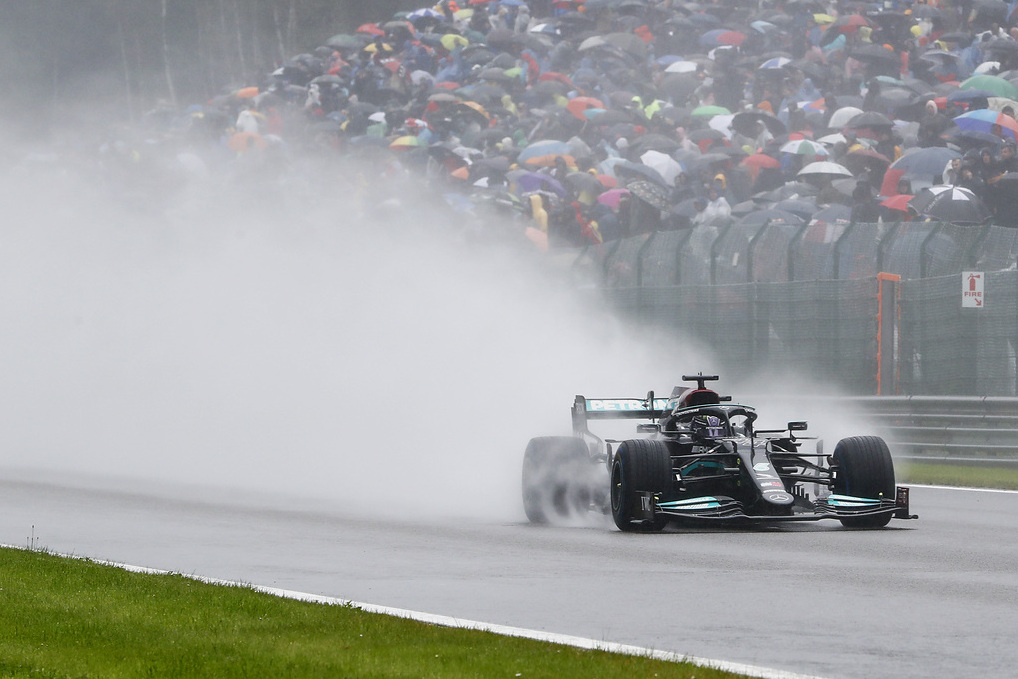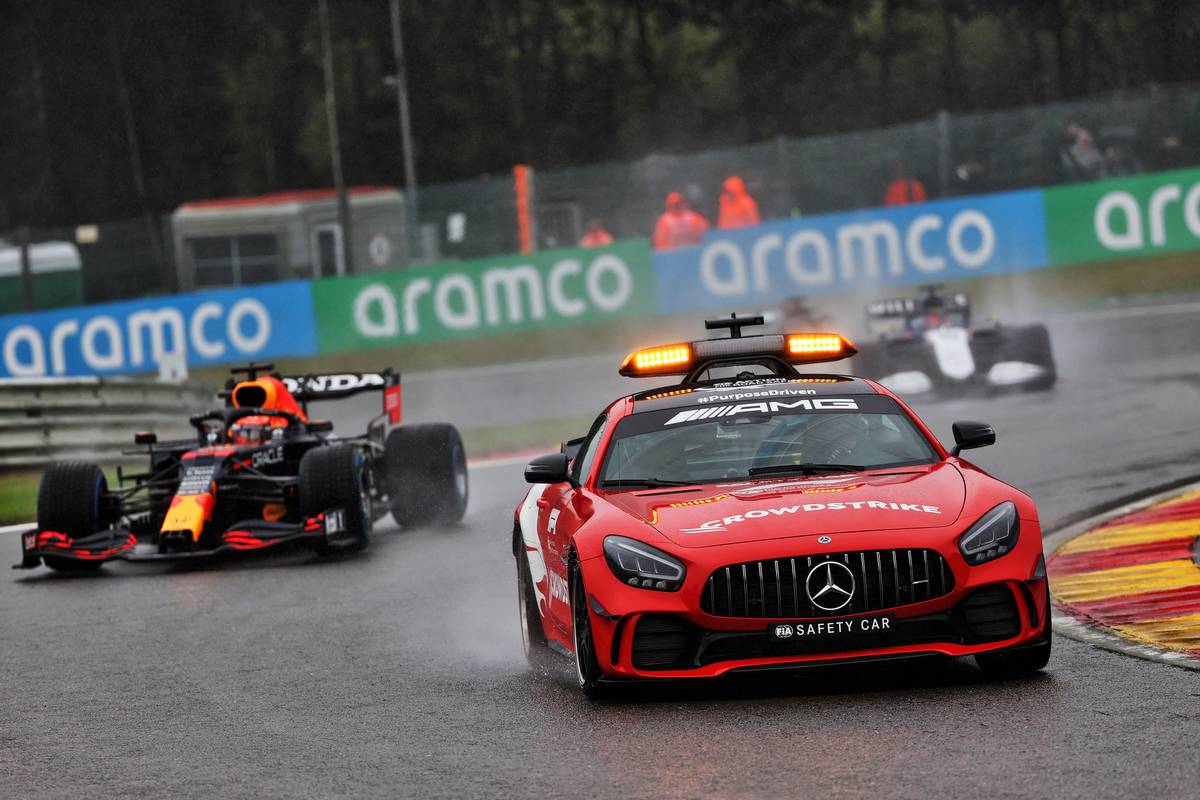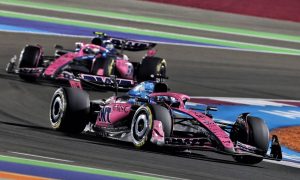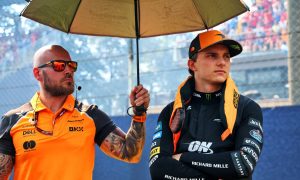
Nigel Mansell says that Formula 1 could have gone racing in Spa's difficult conditions, with the help of a few set-up changes to the field's cars.
Adverse weather washed out last weekend's Belgian Grand Prix, with a blend of persistent rain and mist making it simply too dangerous for drivers to navigate Spa's troubled waters.
After a final attempt late in the day to green-light proceedings, with the field circulating for three laps behind the Safety Car, the FIA permanently called off the truncated event.
But Mansell contends that with a bit of flexibility regarding the technical regulations, drivers could have headed out on track and raced despite the relentless rainfall.
"I sympathize with everybody, they've got the greatest minds and the greatest evolution of Formula 1 now with the cars, with the incredible designs and safety cells," explained Mansell talking to veteran F1 reporter Peter Windsor on the latter's podcast.
"In years gone past, we did race in monsoons.

©Mercedes
"We raced in Australia in a monsoon (1991), in Japan in a monsoon (1994), Estoril as well (1985), and I'll never forget racing in the terrible weather at Monte Carlo (1984) as well one time.
"But we were able then to adjust ride heights to the car, so you get more ground clearance, and you were able to put more wing on the car to give more downforce to give the drivers better control of their cars.
"I think an opportunity was missed that the regulations could have been adjusted on the day, whereby it gave every opportunity for the drivers, the cars and the teams to adjust their cars to a higher ride height, put more downforce on, and even maybe adjust the camber of the wheels and tyres to actually put on a race.
"In Lewis Hamilton's words, as opposed to mine, it was farcical in the end. And I think it hurt Formula 1 greatly, which means it hurts all the fans, it hurts me as a past driver. Because we were robbed of, I think, a very, very great race there."

Mansell regretted the fact that no real effort was made to put the race on its rails at Spa.
"I think the race could have gone forward," added the 1992 F1 world champion.
"Let the teams alter the cars a little bit, so it aquaplanes less, do a delta time without a pace car, because a pace car can't go quick enough for a Formula 1 car.
"Do a delta time 15 to 20 seconds off the pace, and then do two laps with 20 cars going around to clear the way, to move along the water, and see how the track is.
"What I'm saying is that we didn't see any attempt to put a race on. And I think that's a great shame. There were many opportunities they could have to do that.
"I think that the brains that they have there, the fans were robbed of a race, and I think the drivers had an opportunity to demonstrate how fabulous the drivers are in Formula 1."
While grip was obviously at a premium in the treacherous conditions at Spa, a principal concern last weekend was the sheer amount of water thrown up by the field and the complete lack of visibility.
But Mansell insists that setting a low delta time would have allowed for water to be dispersed, although such a plan would have also needed to rely on the rain letting up.
"You put a delta time 20-30 seconds off the pace, so nobody's going to go away and run away with it with a race," Mansell said. "But what you're doing is you're giving the Formula 1 cars a chance to disperse the water," he said.
"The other thing is, there's warning lights in the car, someone goes off and there's a car on the track, you put the red lights on on the steering wheel, and the drivers know instantly to slow right down.
"I'm trying not to compare what we had to do before in the past, you can remember Monte Carlo, you can remember Estoril, obviously Adelaide...
"Ayrton [Senna] and I were going tooth and nail for the lead with nine crashed cars on the circuit! And we had to keep missing these cars driving and trying to win a race.
"I know health and safety now is paramount on everybody's mind. And I'm not criticising any decision that was made.
"All I'm saying is, with the greatest brains in Formula 1, there was a way to put on a show, even if it was 20-30 seconds off the pace of a racing lap to see if the cars could disperse the water."
Gallery: The beautiful wives and girlfriends of F1 drivers
Keep up to date with all the F1 news via Facebook and Twitter





